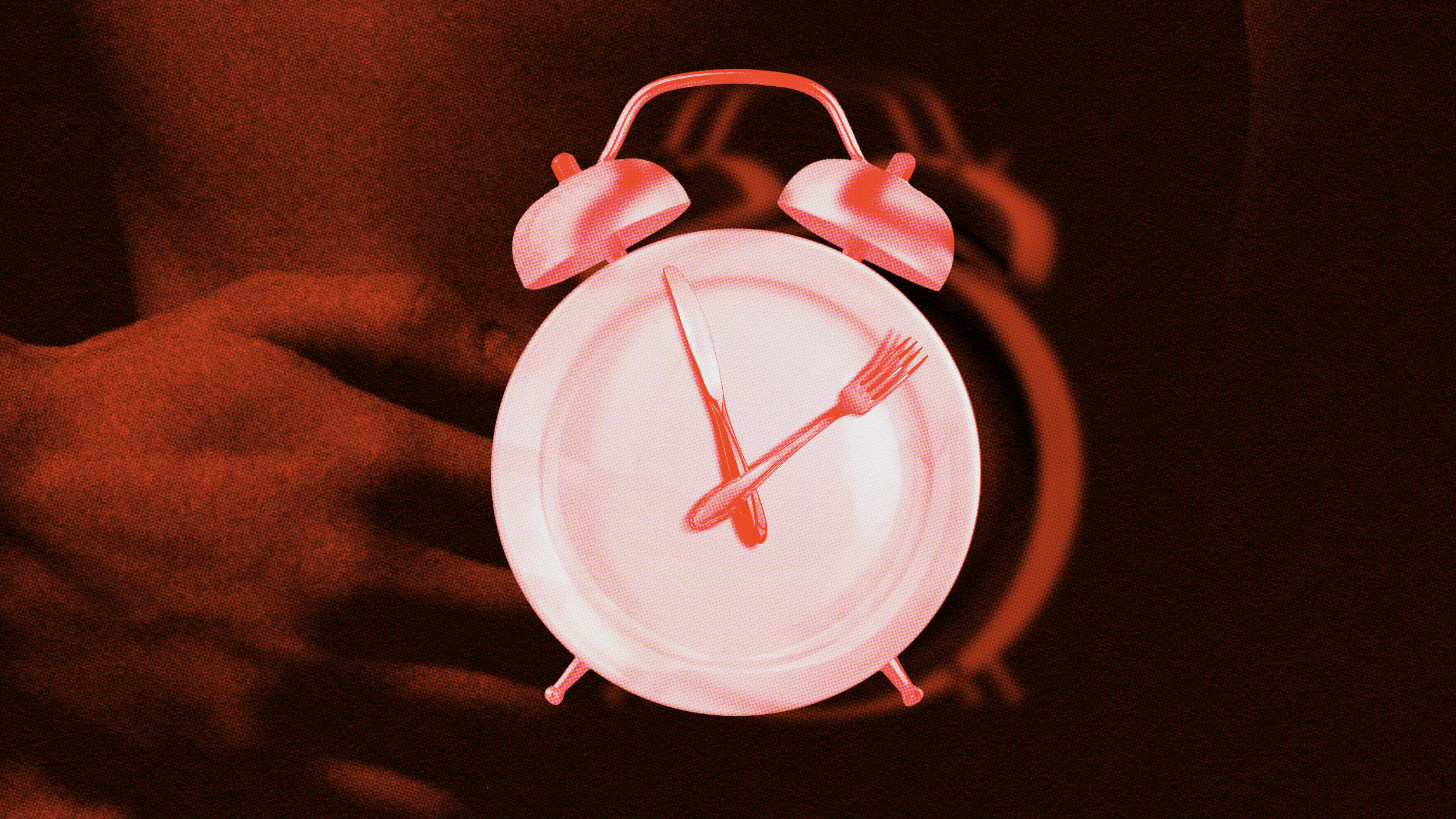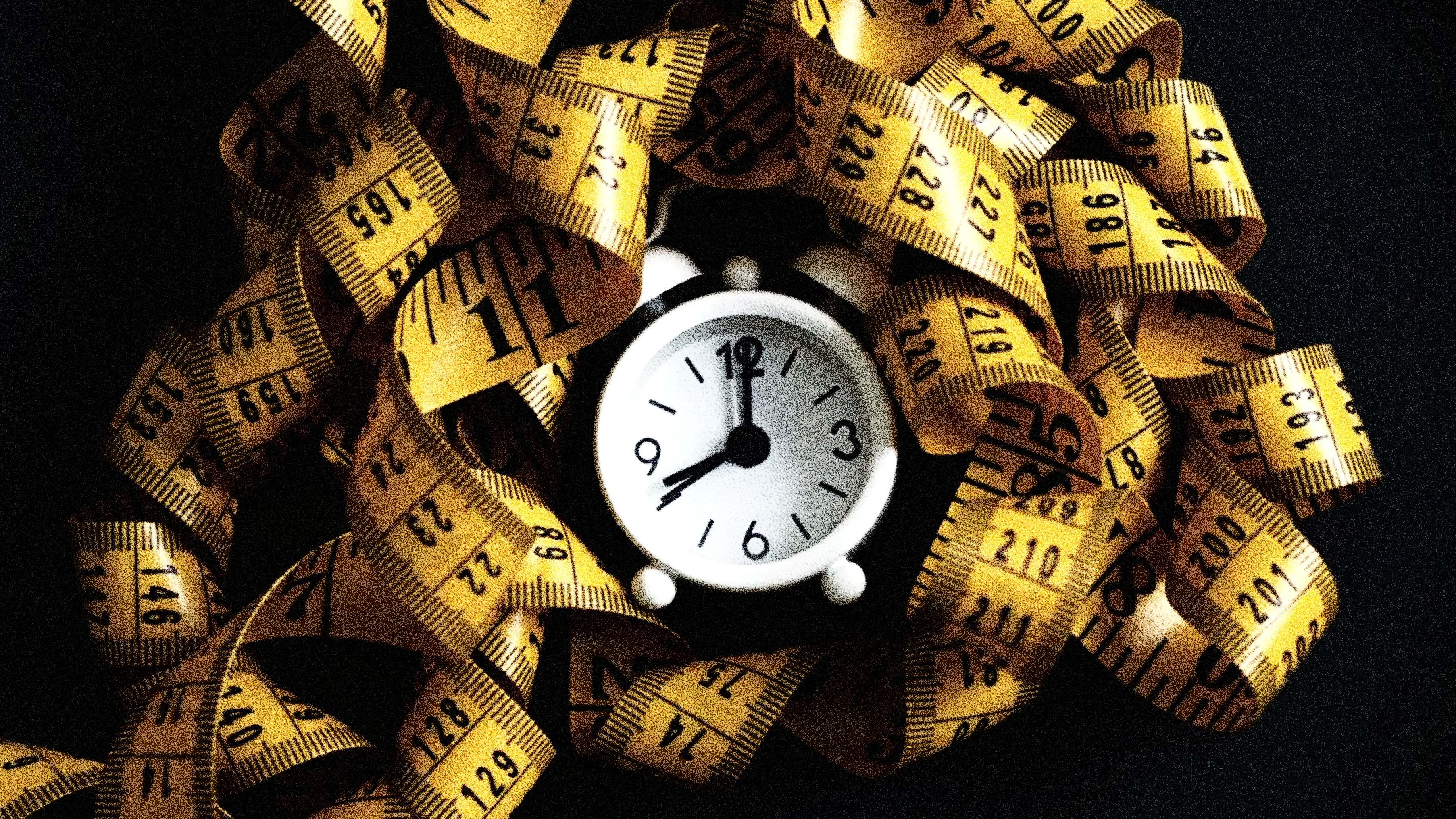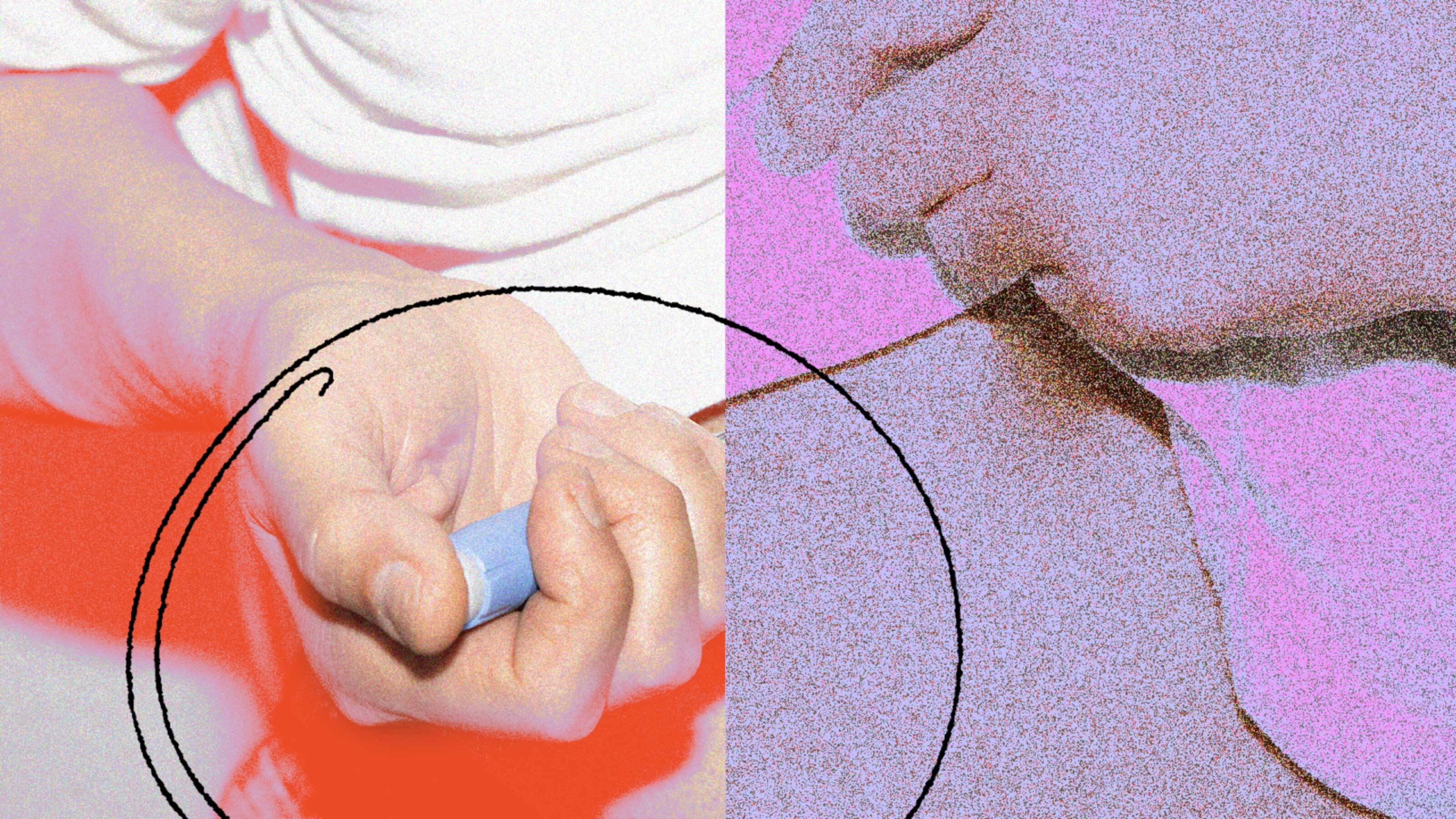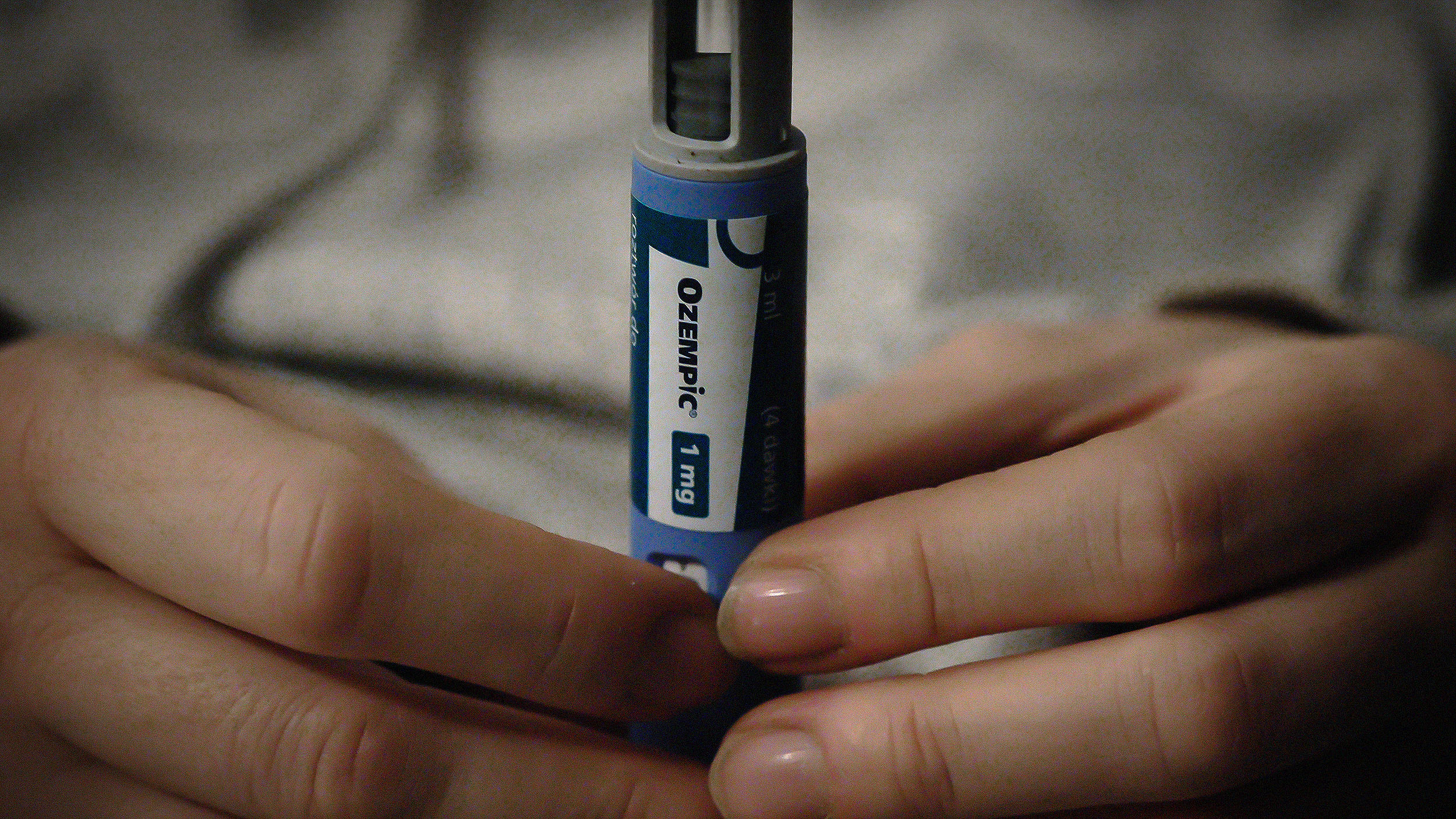Just Five Days of a New Diet Changes Your Metabolism
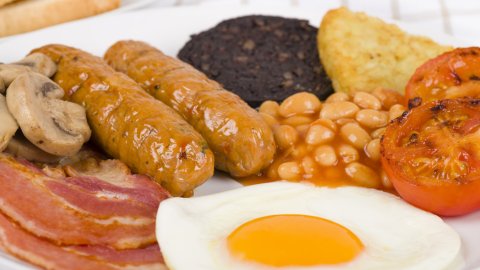
After sticking with a healthy regimen, you may think a cheat week might not do any harm after all the good months you’ve racked up. Nope. Matt Hulver, an associate professor at Virginia Tech College of Agriculture and Life Sciences, has headed up a study that’s about to burst your bubble.
He explained in a press release:
“Most people think they can indulge in high-fat foods for a few days and get away with it. But all it takes is five days for your body’s muscle to start to protest.”
That’s right, after just five days of high-fat feeding, the muscles change the way they metabolize nutrients. Some people may need to start re-thinking the way they approach the big Holiday feasts. It’s even made me think I should give away all the candy I received in my Easter basket this year.
“There are plenty of times when we all eat fatty foods for a few days, be it the holidays, vacations, or other celebrations. But this research shows that those high-fat diets can change a person’s normal metabolism in a very short timeframe.”
Hulver explained in his study, published in the journal Obesity, that when we consume fatty foods, the glucose levels in our blood rises. The muscles in our bodies help break down and metabolize that glucose or store it for later. But Hulver and his team found that after five days of a high-fat diet, this process could be disrupted. This could lead to serious issues with the body not responding to insulin output, which could then lead to the development of diabetes.
In order to test this idea, Hulver and his team brought together a group of health college students and fed them a diet of “sausage biscuits, macaroni and cheese, and food loaded with butter” — anything to increase their daily fat intake. The researchers increased their fat intake from a healthy 30 percent to 55 percent. However, the amount of calories the students were consuming was the same as before.
The students didn’t gain weight or see signs of insulin resistance, but muscle samples did indicate that the way the muscles were metabolizing glucose was altered.
Hulver and his team have plans to study the long-term effects of these changes and if they can be reversed. But I’m sure I speak for everyone when I say that this study is going to bum me out when Thanksgiving comes around.
Read more at EurekAlert!.
Photo Credit: Shutterstock
